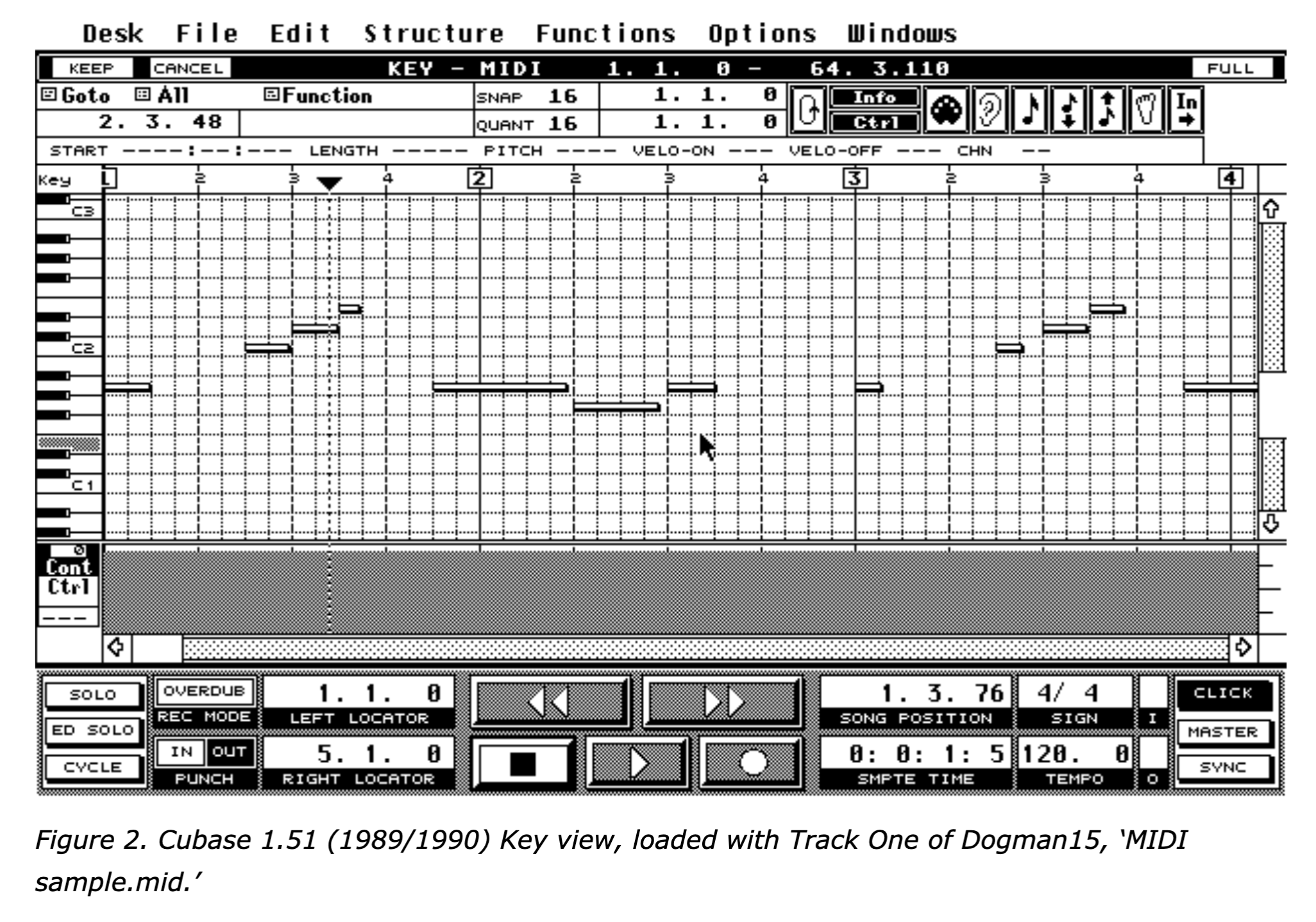Audio paper workshop
Section outline
-
-
WDR Hörspielspeicher re-published the following audio-drama
On the Tracks - Auf der Suche nach dem Sound des Lebens
Here's the blurb from WDR.
Jeder Mensch ist ein Kosmos und trägt ihn folglich mit sich herum. Wohin? Das Hörspiel folgt unbekannten Menschen auf der Straße. Aus den Protokollen dieser Verfolgungen und der Musik von Console wird der Soundtrack von siebenmal Leben.
WDR Hörspielspeicher republication of Andreas Ammer's 50 minute audio drama On the Tracks - Auf der Suche nach dem Sound des Lebens, originally published by WDR in 2002.
Radio dramas are a quite a marginal and interesting format.If a public broadcaster like WDR (also Finnish YLE and Danish DR have some amazing productions both ongoing and backlog) wouldn't produce them, nobody would! On the other hand the second wave of podcasting is going well, and audio books are quite popular too. How would you characterize how audio dramas, podcasts and audio books differ from one another? How is an audio paper (Krogh Groth and Samson 2016) different from audio drama? How are they similar? What is good for what purpose? What stuff we have learned on this seminar would be useful for making audio dramas? Do you know some so-called "audio games"?
If you listen to the On the Tracks - Auf der Suche nach dem Sound des Lebens, how are the creators composing everyday sounds, music, tone, body-noises to create a mood, an atmosphere, a story and a sense of place and time? Is it convincing? What would you do otherwise? What machines, computers and software can you imagine in the drama?
-




